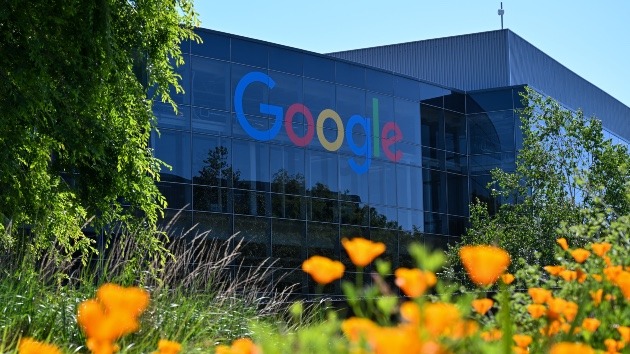Google has joined a coalition to develop a tech standard for tamper-proof metadata in digital content
The Coalition for Content Provenance and Authenticity (C2PA) revealed on Friday that Google has joined as a steering committee member. C2PA is a global organization that advocates for online transparency by certifying digital content.
Google’s involvement in the coalition could boost the adoption of Content Credentials, the C2PA’s technical standard for tamper-resistant metadata attached to digital content. This metadata reveals the creation and modification history of the content. Other steering committee members of the coalition include Adobe, BBC, Intel, Microsoft, Publicis Groupe, Sony, and Truepic.
Google is anticipated to join in further advancing this technical standard. The company is also actively exploring ways to integrate Content Credentials into its products and services.
Laurie Richardson, VP of Trust and Safety at Google, expressed, “At Google, a key aspect of our responsible approach to AI is collaborating with industry partners to enhance transparency in digital content. We are excited to join the committee and incorporate the latest C2PA standard, which builds on our previous work in this area—such as Google DeepMind’s SynthID, Search’s About this Image, and YouTube’s labels indicating altered or synthetic content—to provide crucial context for users, enabling them to make more informed decisions.”
Google, which also owns YouTube, joining the coalition could boost broader awareness about content credentials and their role in comprehending content, fostering trust in the digital ecosystem overall.
Andrew Jenks, C2PA Chair, emphasized, “Now, more than ever, a transparent approach to digital content is crucial for empowering people to make informed decisions. The C2PA standards are at the forefront of this effort, and we are excited about their expansion and adoption. Google’s membership is a significant validation of the C2PA’s approach. We urge others to join us in promoting the use of Content Credentials and enhancing the development of a safer, more transparent digital ecosystem.”
